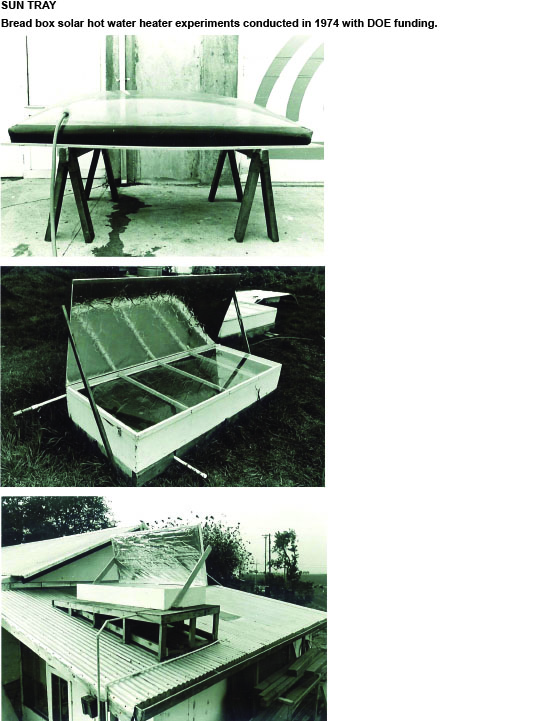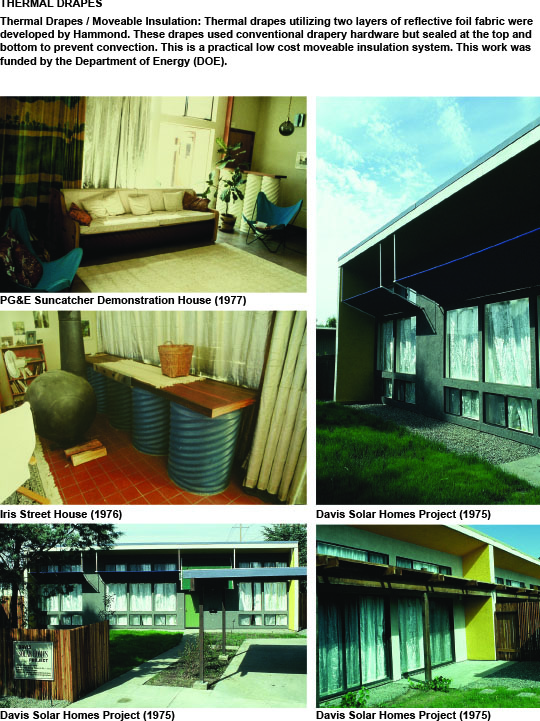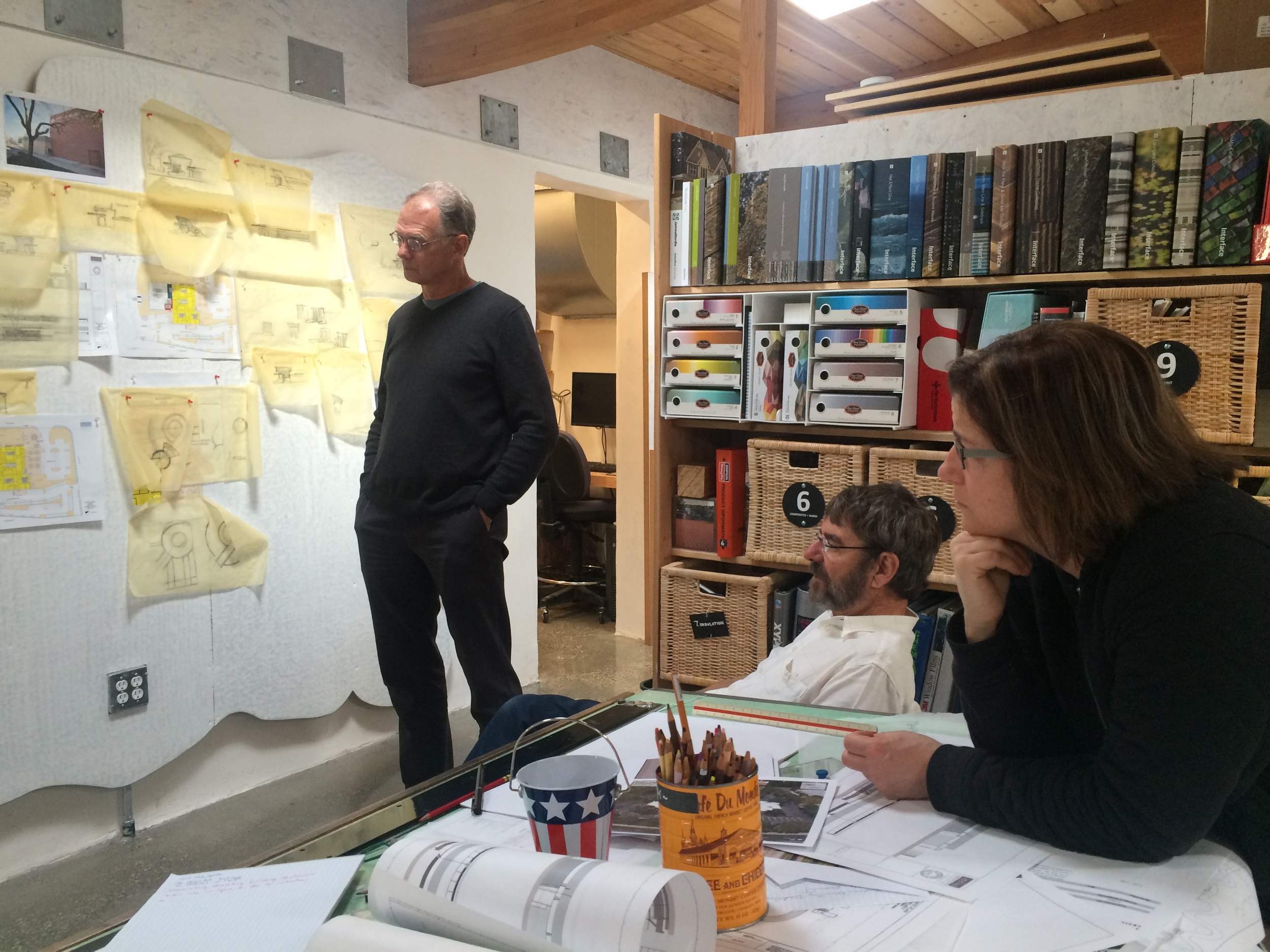By Jonathan Hammond
After reasonably heavy rains this winter, we have an explosion of spring growth in our California native grass and wildflower meadow at our office-studio in Davis. After we completed construction at the end of 2014 we seeded our landscape areas with native plants. They are all exquisitely adapted to hot dry summers with no rainfall. These plants and seeds wait patiently through the summer and as soon as the rain starts in the fall or early winter, seeds sprout and growth begins, slowly at first, but as the temperatures warm a riot of green growth and flowers erupts. First a luxuriant display of orange poppies, followed by waves of daisy-like tidy tips, then a tide of blue lupines, then white, yellow and salmon yarrow. Meanwhile the grasses are pushing growth and starting to push their seed heads aloft. (The grasses include Idaho fescue, Molate fescue, California onion grass and pine blue grass.)
This meadow of natives is not a "mow, blow and go" adapted landscape: it needs the discerning eye of an experienced landscape gardener who can sort out the invasive non-native weeds, foxtails and thistles. Indigo is lucky to have experienced gardener Seth Seibel on staff.
Early landscape plans and gardens were carved out of the wildness of nature, an expression of man's ability to impose order and dominion over the apparent chaos of nature. Now the careful study of ecosystem dynamics has revealed that ecosystems are in fact, not chaotic. While randomness and chance play a role a beautiful and complex order does in fact exist in natural ecosystems and they are far more stable and resilient than man-made landscapes no matter how manicured.
During the years that I lived and taught in Japan, I spent a significant amount of time walking in the countryside of traditional villages, rice paddies, and vegetable plots that have been woven into the natural mountainous landscape of that country. I was deeply impressed with the beauty of these rich landscapes partly man ordered to grow food and partly natural, teeming with snakes, frogs, foxes and deer and trickling brooks tumbling down hillsides and along the tiny roads and paths.
When I traveled to Kyoto and Nara and visited the famous gardens there, I was let down in a strange sort of way. I began to see them as academic and fussy compared to the natural vitality of the mix of natural and manmade landscapes that I had wandered through in the Japanese countryside.
The gravel expanse at the famous Zen temple Ryoan-ji must be carefully raked each day. Even more striking is the care that must be given to moss gardens like those at Kin-Kaku-ji, where the moss growing under a grove of maple trees must be kept free of fallen leaves or the moss will be quickly smothered. An enormous amount of work each day goes into maintaining these beautiful places, which is not to say that mindful work does not have redeeming value, but to my mind, the wild fecundity of nature is even more powerful than the serene beauty and man-made order of the classic Japanese gardens.







































